Home>Furniture & Design>Outdoor Furniture>How To Treat Osb For Outdoor Use
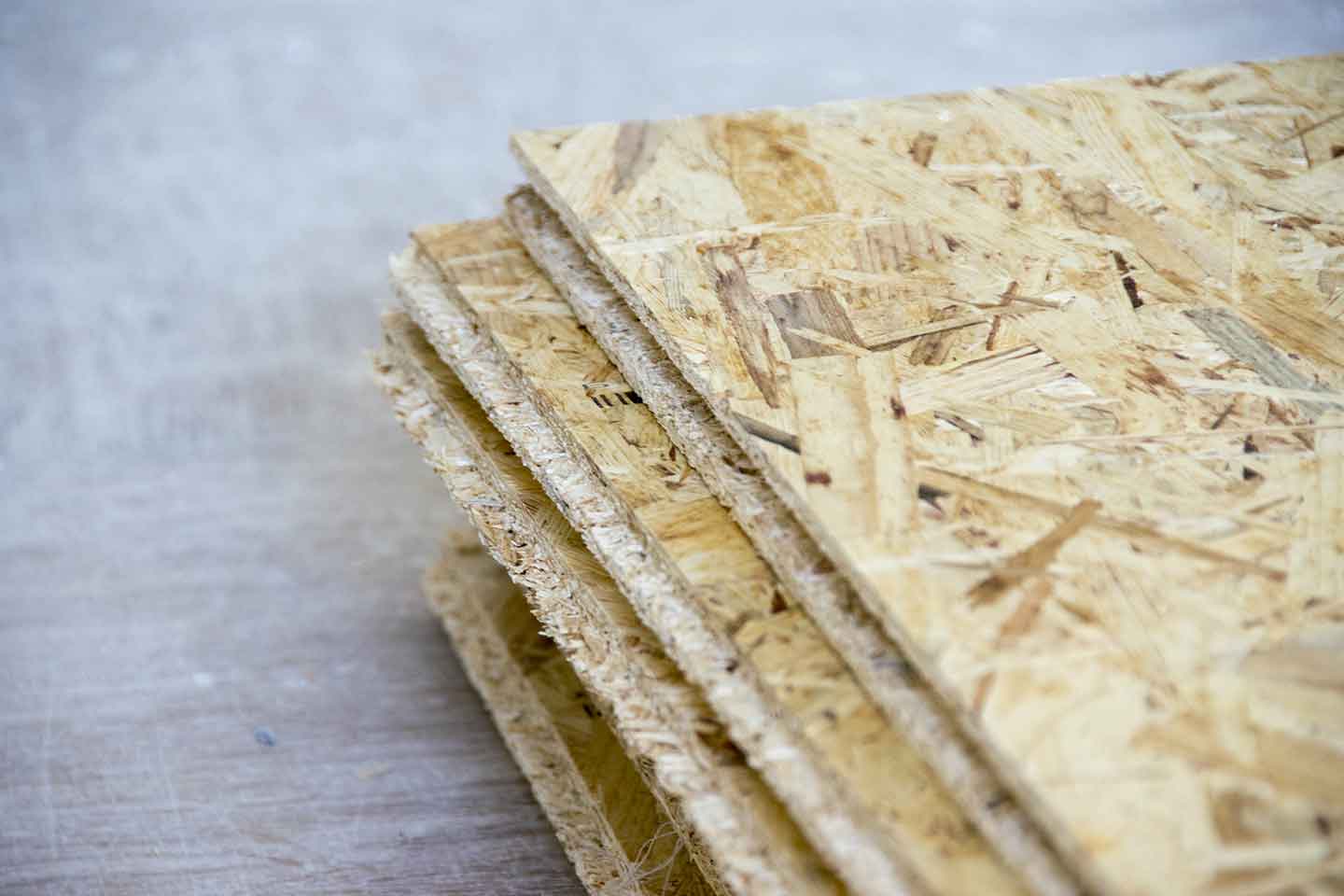

Outdoor Furniture
How To Treat Osb For Outdoor Use
Published: January 12, 2024
Learn how to properly treat OSB for outdoor use to ensure the longevity of your outdoor furniture and design projects. Get expert tips and techniques now!
(Many of the links in this article redirect to a specific reviewed product. Your purchase of these products through affiliate links helps to generate commission for Storables.com, at no extra cost. Learn more)
Introduction
When it comes to outdoor furniture and design, Oriented Strand Board (OSB) has become an increasingly popular choice among designers and homeowners alike. Its affordability, durability, and versatility make it a compelling option for various outdoor projects, from decking and pergolas to garden furniture and exterior cladding.
However, using OSB in outdoor settings requires careful consideration and proper treatment to ensure its longevity and resistance to the elements. In this comprehensive guide, we will delve into the essential steps for treating OSB for outdoor use, including understanding the material, preparing it for outdoor conditions, applying protective treatments, and maintaining its integrity over time.
Whether you're a DIY enthusiast embarking on a backyard project or a professional designer seeking to incorporate OSB into your outdoor designs, this guide will equip you with the knowledge and techniques needed to make the most of this versatile material in outdoor environments. So, let's explore the world of OSB and discover how to unleash its potential in your outdoor furniture and design endeavors.
Key Takeaways:
- Treat OSB for outdoor use by inspecting, sanding, applying primer, and protecting edges. Waterproof, add UV protection, and finish for durability. Regular maintenance ensures longevity in outdoor settings.
- OSB’s potential in outdoor furniture relies on thorough preparation, targeted treatment, and ongoing care. By understanding and treating OSB, you can create enduring and visually captivating outdoor spaces.
Read more: How To Treat Pine For Outdoor Use
Understanding OSB
Oriented Strand Board (OSB) is a versatile engineered wood panel made by compressing and binding wood strands together using adhesive resins. This construction gives OSB its characteristic strength and dimensional stability, making it a popular choice for a wide range of construction and design applications.
OSB is known for its affordability, making it an attractive option for outdoor furniture and design projects. It is composed of multiple layers of wood strands arranged in cross-oriented patterns, providing excellent strength and stiffness. The strands are typically sourced from fast-growing, sustainable wood species, aligning with eco-friendly design practices.
When used in outdoor settings, it is essential to recognize that OSB is susceptible to moisture absorption, which can lead to swelling, warping, and ultimately, structural degradation. This makes proper treatment and protection crucial for ensuring the longevity and performance of OSB in outdoor furniture and design applications.
By understanding the composition and characteristics of OSB, we can effectively prepare and treat this material to withstand the challenges posed by outdoor environments. With the right approach, OSB can be a durable and cost-effective choice for outdoor furniture, decking, and decorative elements, offering both functionality and aesthetic appeal.
Preparing OSB for Outdoor Use
Before venturing into the treatment and protection of OSB for outdoor applications, it’s crucial to start with thorough preparation. Properly preparing the OSB panels will lay the foundation for effective treatment and long-term performance in outdoor settings.
Inspecting the Panels: Begin by carefully inspecting the OSB panels for any signs of damage, such as delamination, surface irregularities, or moisture-related issues. Select panels that are free from defects and have been stored in a dry, well-ventilated environment to minimize moisture absorption.
Sanding and Smoothing: Depending on the intended use and the condition of the panels, consider sanding the surfaces to achieve a smooth and even texture. This step is particularly important for outdoor furniture and decorative applications, as it ensures a uniform and aesthetically pleasing finish.
Applying a Primer: To enhance the adhesion of subsequent treatments and coatings, applying a suitable primer designed for OSB is recommended. The primer will help seal the surface and promote better bonding of protective finishes, contributing to the overall durability of the treated OSB.
Protecting the Edges: Pay special attention to the edges of the OSB panels, as they are more susceptible to moisture ingress. Applying edge sealant or primer to the exposed edges will help prevent water penetration and reduce the risk of delamination or swelling.
Ensuring Proper Ventilation: Whether you’re working with newly purchased OSB or existing panels, it’s essential to allow for adequate ventilation during the preparation phase. This helps mitigate any residual moisture and ensures that the panels are in an optimal state for the subsequent treatment process.
By meticulously preparing the OSB panels, you can create a solid foundation for the treatment and protection steps that follow. This proactive approach sets the stage for maximizing the performance and longevity of OSB in outdoor furniture and design applications, allowing you to fully capitalize on the benefits of this versatile material.
Treating OSB for Outdoor Use
Effectively treating OSB for outdoor use involves applying protective measures to enhance its resistance to moisture, UV exposure, and other environmental factors. By implementing the right treatments, you can significantly prolong the lifespan of OSB in outdoor applications, ensuring its structural integrity and visual appeal over time.
Waterproofing: One of the primary concerns when using OSB outdoors is its vulnerability to moisture. Applying a high-quality waterproofing sealant or coating specifically formulated for wood-based materials is essential. This step creates a barrier that prevents water from penetrating the OSB, safeguarding it against swelling, rot, and decay.
UV Protection: Exposure to sunlight can cause discoloration and degradation of untreated OSB. To counter this, UV-resistant coatings or finishes should be applied to shield the panels from the damaging effects of prolonged sun exposure. These specialized coatings help maintain the appearance and structural integrity of the OSB, particularly in applications exposed to direct sunlight.
Mold and Mildew Prevention: Outdoor environments can foster the growth of mold and mildew, posing a threat to untreated OSB. To combat this, incorporating mold and mildew inhibitors into the treatment process is crucial. These additives inhibit the growth of fungi, preserving the cleanliness and structural stability of the OSB in damp or humid conditions.
Flexibility and Elasticity: Given the dimensional changes that OSB may undergo in response to fluctuating outdoor conditions, it’s beneficial to utilize flexible and elastic coatings. These formulations can accommodate the natural expansion and contraction of the OSB without compromising the protective barrier, ensuring long-term performance and durability.
Environmental Considerations: When selecting treatment products, prioritize environmentally friendly options that align with sustainable practices. Look for low-VOC (volatile organic compound) formulations and products that are designed to minimize environmental impact while delivering effective protection for the OSB panels.
By meticulously treating the OSB with a combination of waterproofing, UV protection, mold prevention, and environmentally conscious solutions, you can fortify the material to withstand the rigors of outdoor exposure. These targeted treatments not only enhance the durability of OSB but also contribute to the preservation of its aesthetic appeal, making it a reliable choice for diverse outdoor furniture and design applications.
To treat OSB for outdoor use, apply a water-repellent preservative to all surfaces, including edges and cut ends. This will help protect the OSB from moisture and extend its lifespan.
Sealing and Finishing OSB
Once the OSB panels have been prepared and treated for outdoor use, the final step involves sealing and finishing the surfaces to ensure long-lasting protection and an attractive appearance. Proper sealing and finishing not only enhance the visual appeal of the OSB but also contribute to its overall durability and resistance to environmental elements.
Sealing the Surfaces: After applying the necessary treatments, sealing the surfaces with a clear, weather-resistant sealant is essential. This sealant acts as a protective barrier, further shielding the OSB from moisture, dirt, and abrasion. It also helps maintain the integrity of the applied treatments, ensuring their long-term effectiveness.
Choosing the Right Finish: The choice of finish for outdoor OSB applications depends on the desired aesthetic and functional requirements. For natural or rustic designs, a clear, matte finish may be preferred to preserve the wood’s appearance while providing essential protection. In contrast, semi-transparent or opaque finishes can impart color and additional UV resistance, complementing various outdoor design schemes.
Applying Multiple Coats: To achieve optimal protection and durability, consider applying multiple coats of the selected finish. This layering approach enhances the resilience of the OSB, creating a robust shield against moisture, UV rays, and other environmental stressors. Follow the manufacturer’s guidelines for application and drying times to ensure a uniform and effective finish.
Edge Sealing: Pay special attention to the edges of the OSB panels during the sealing and finishing process. Properly sealing the edges with the chosen finish or edge-specific sealants helps prevent water ingress and reinforces the overall weather resistance of the panels, reducing the risk of delamination and degradation over time.
Maintaining Aesthetic Appeal: In addition to protective benefits, the chosen finish should contribute to the aesthetic appeal of the outdoor furniture or design elements. Whether enhancing the natural wood grain or introducing a specific color scheme, the finish plays a pivotal role in achieving the desired visual impact while ensuring the long-term integrity of the OSB.
By meticulously sealing and finishing the treated OSB panels, you can elevate their performance and visual allure in outdoor settings. The combination of protective sealing and carefully chosen finishes not only safeguards the material against environmental factors but also enhances its contribution to the overall aesthetic and functionality of outdoor furniture and design projects.
Read more: How To Treat Redwood For Outdoor Use
Maintenance and Care for Treated OSB
Proper maintenance and care are essential for preserving the integrity and appearance of treated OSB in outdoor environments. By implementing routine maintenance practices and exercising care, you can extend the lifespan of the treated OSB panels and ensure their continued performance and visual appeal over the years.
Regular Inspections: Conduct periodic inspections of the treated OSB panels to identify any signs of wear, damage, or moisture infiltration. Addressing issues promptly can prevent minor concerns from escalating and help maintain the structural integrity of the panels.
Cleaning and Dirt Removal: Regularly clean the treated OSB surfaces to remove dirt, debris, and organic matter that can accumulate over time. Use a gentle cleaning solution and a soft brush or cloth to avoid damaging the protective treatments and finishes while keeping the panels looking their best.
Reapplication of Protective Treatments: Depending on the specific environmental conditions and the level of exposure, periodic reapplication of protective treatments may be necessary. Follow the manufacturer’s recommendations for reapplication intervals to ensure that the OSB remains adequately shielded from moisture, UV rays, and other outdoor elements.
Addressing Damage Promptly: In the event of localized damage or wear to the treated OSB, take swift action to address the issue. Whether it involves resealing a small area, applying touch-up treatments, or addressing minor surface imperfections, proactive maintenance can prevent larger problems and preserve the overall integrity of the panels.
Protection from Direct Ground Contact: When used in outdoor furniture or structural applications, ensure that treated OSB panels are not in direct contact with the ground or prolonged moisture. Elevate and support the panels using appropriate construction methods to minimize the risk of moisture absorption and potential degradation over time.
Environmental Considerations: Be mindful of the environmental factors that can impact the treated OSB, such as excessive moisture, prolonged sunlight exposure, and fluctuations in temperature. Implementing protective measures, such as providing adequate shading or ventilation, can help mitigate these influences and preserve the condition of the treated OSB.
By integrating regular maintenance practices and exercising care, you can uphold the performance and appearance of treated OSB in outdoor settings. These proactive measures not only extend the longevity of the material but also contribute to the overall sustainability and resilience of outdoor furniture, decking, and design elements crafted from treated OSB.
Conclusion
As the demand for innovative and cost-effective outdoor furniture and design solutions continues to grow, the utilization of Oriented Strand Board (OSB) presents a compelling opportunity to meet these evolving needs. By understanding the characteristics of OSB and employing proper treatment and maintenance practices, this versatile material can thrive in diverse outdoor applications, offering durability, functionality, and aesthetic appeal.
From decking and pergolas to garden furniture and exterior cladding, the potential applications of treated OSB in outdoor settings are vast. Through meticulous preparation, targeted treatment, and conscientious maintenance, designers, homeowners, and DIY enthusiasts can harness the benefits of OSB, creating enduring and visually captivating outdoor spaces.
By preparing the OSB panels through thorough inspection, sanding, and the application of suitable primers, a solid foundation is established for subsequent treatment steps. Treating the OSB with waterproofing, UV protection, and mold inhibitors fortifies the material against the challenges posed by outdoor environments, ensuring its longevity and structural integrity.
Sealing and finishing the treated OSB surfaces further enhances their resistance to moisture, UV exposure, and wear, while contributing to the overall aesthetic appeal of outdoor furniture and design elements. By selecting the right finishes and applying multiple coats, the OSB panels can maintain their visual allure and protective properties over time.
Through ongoing maintenance and care, the treated OSB can continue to thrive in outdoor settings, with regular inspections, cleaning, and proactive measures ensuring its sustained performance. By safeguarding the treated OSB from direct ground contact and environmental influences, its resilience and contribution to outdoor designs can be maximized.
In conclusion, the effective treatment and utilization of OSB in outdoor furniture and design applications offer a compelling blend of affordability, versatility, and durability. By embracing the insights and techniques outlined in this guide, individuals and professionals can unlock the full potential of treated OSB, creating enduring and captivating outdoor spaces that resonate with both functionality and style.
Frequently Asked Questions about How To Treat Osb For Outdoor Use
Was this page helpful?
At Storables.com, we guarantee accurate and reliable information. Our content, validated by Expert Board Contributors, is crafted following stringent Editorial Policies. We're committed to providing you with well-researched, expert-backed insights for all your informational needs.
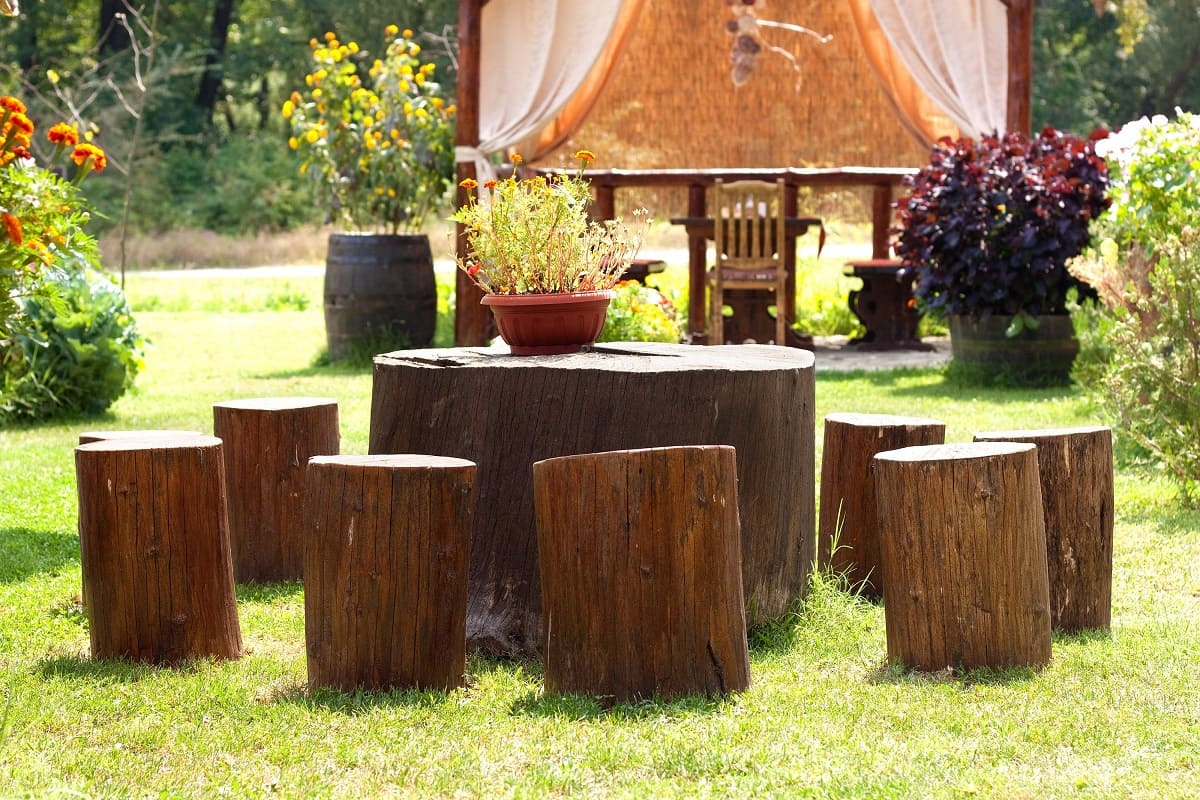
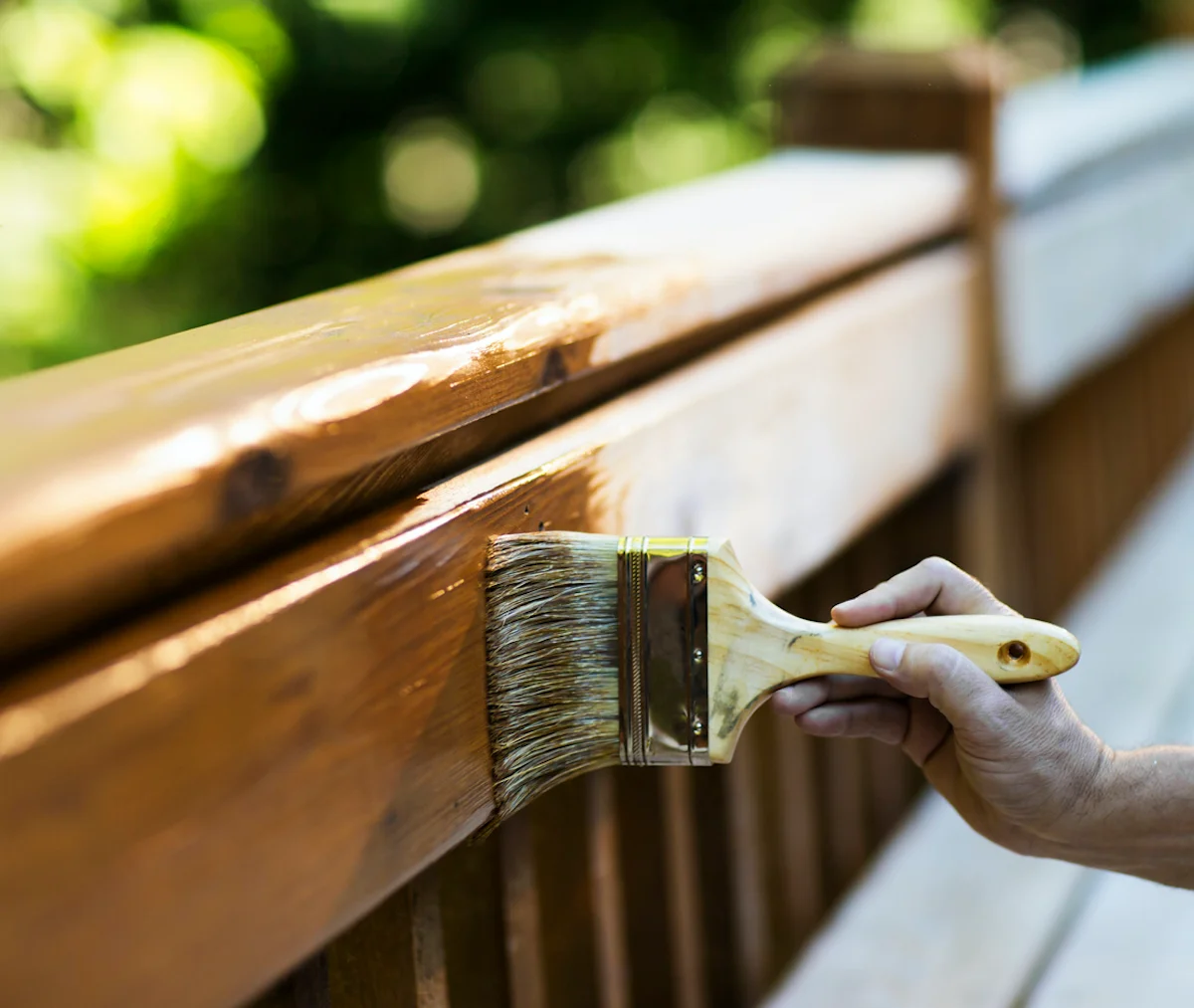
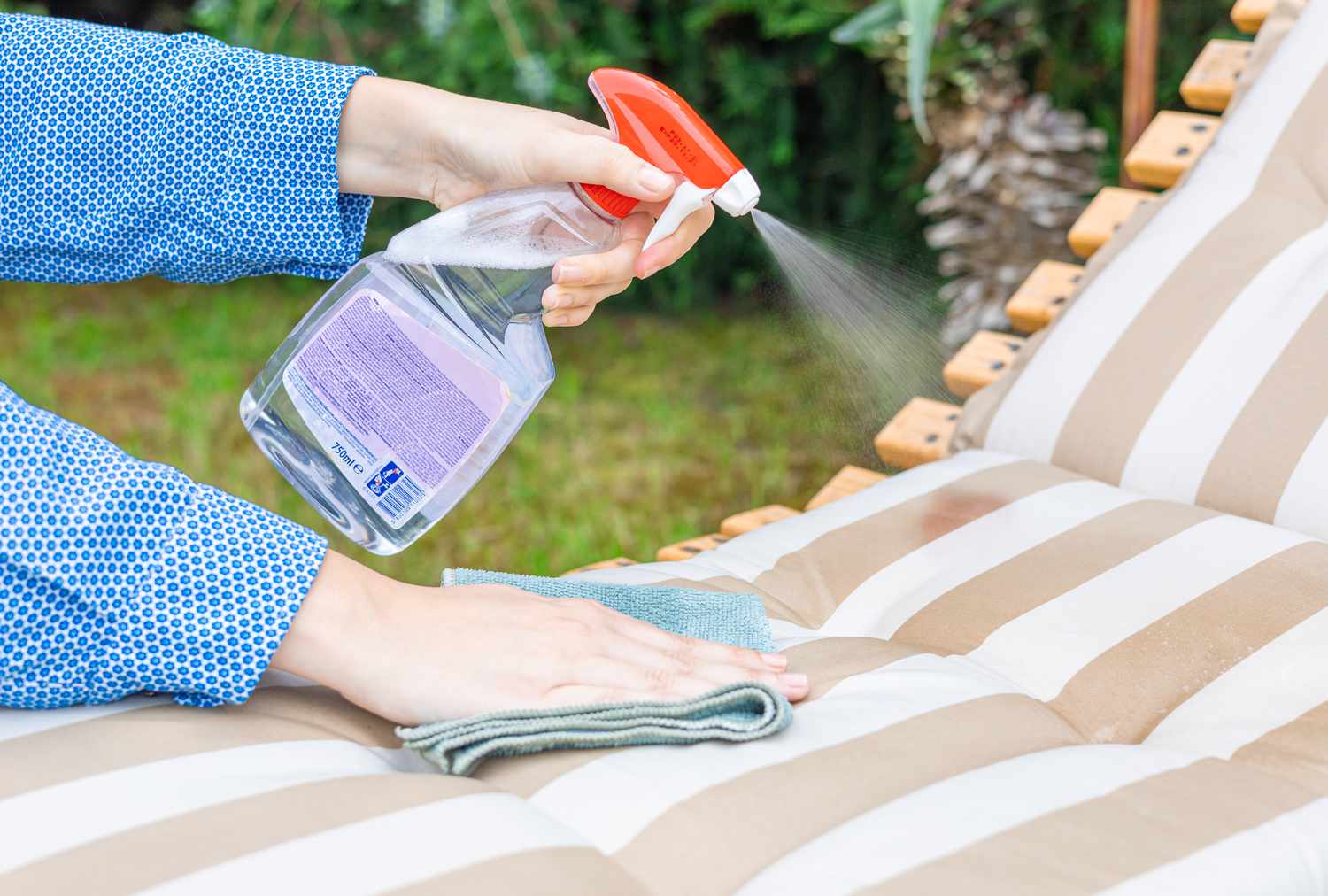
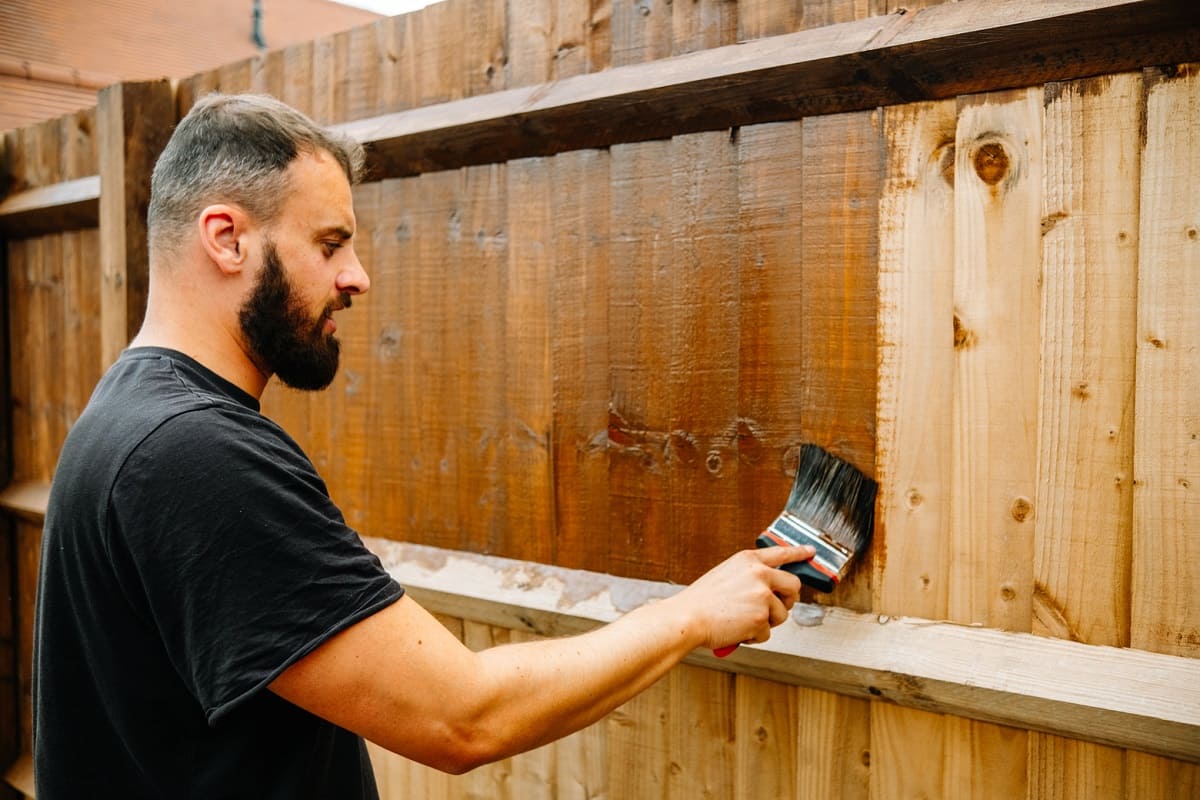
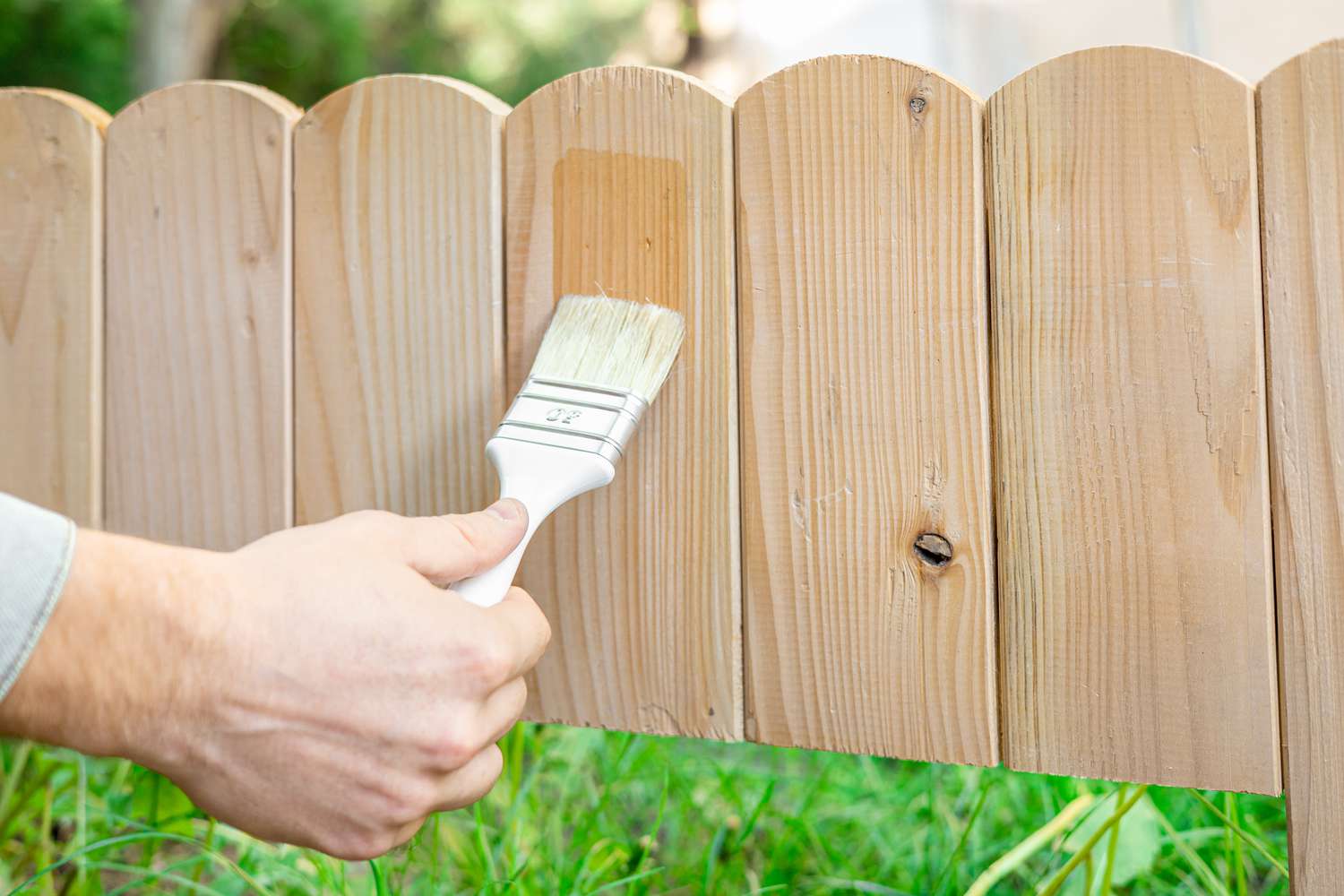
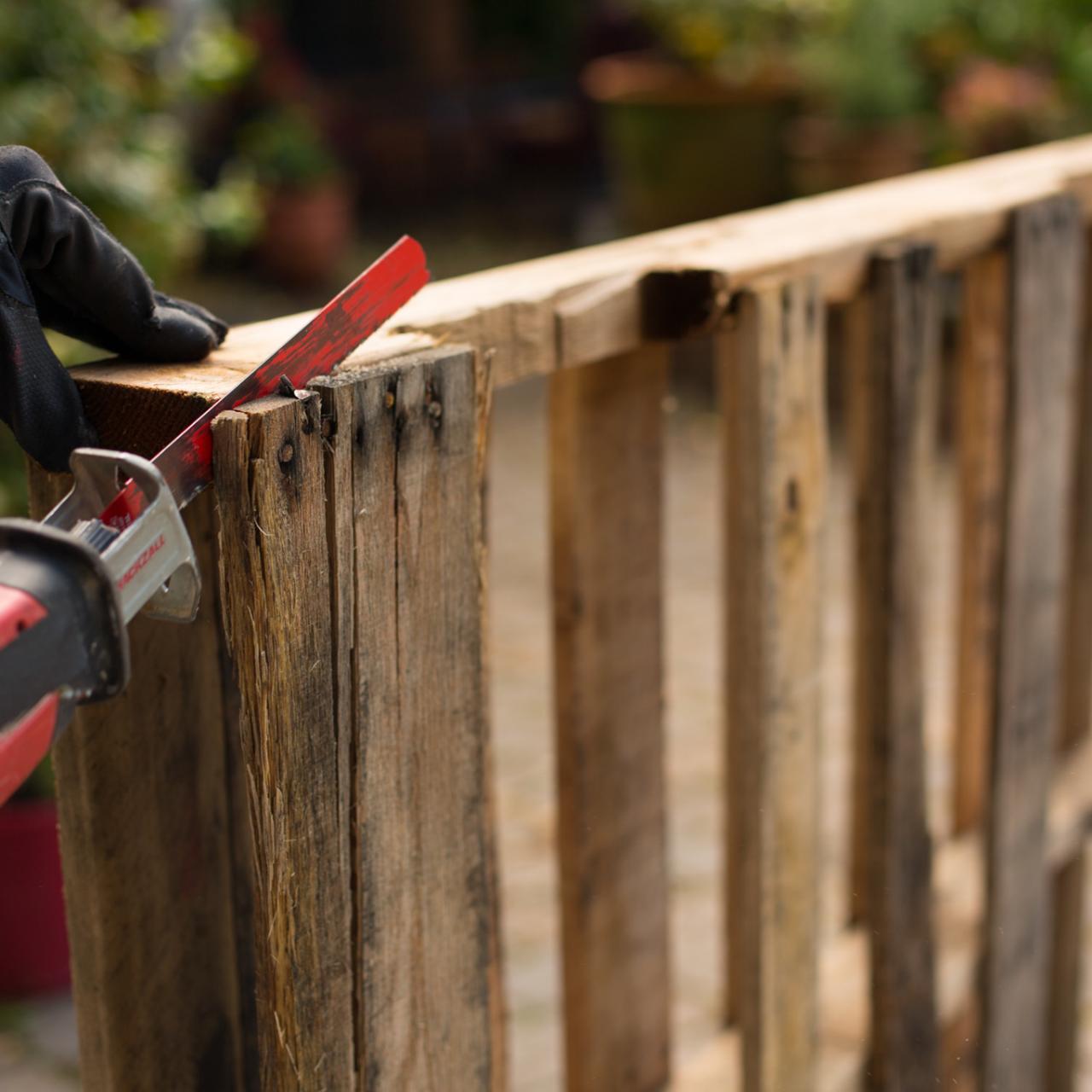
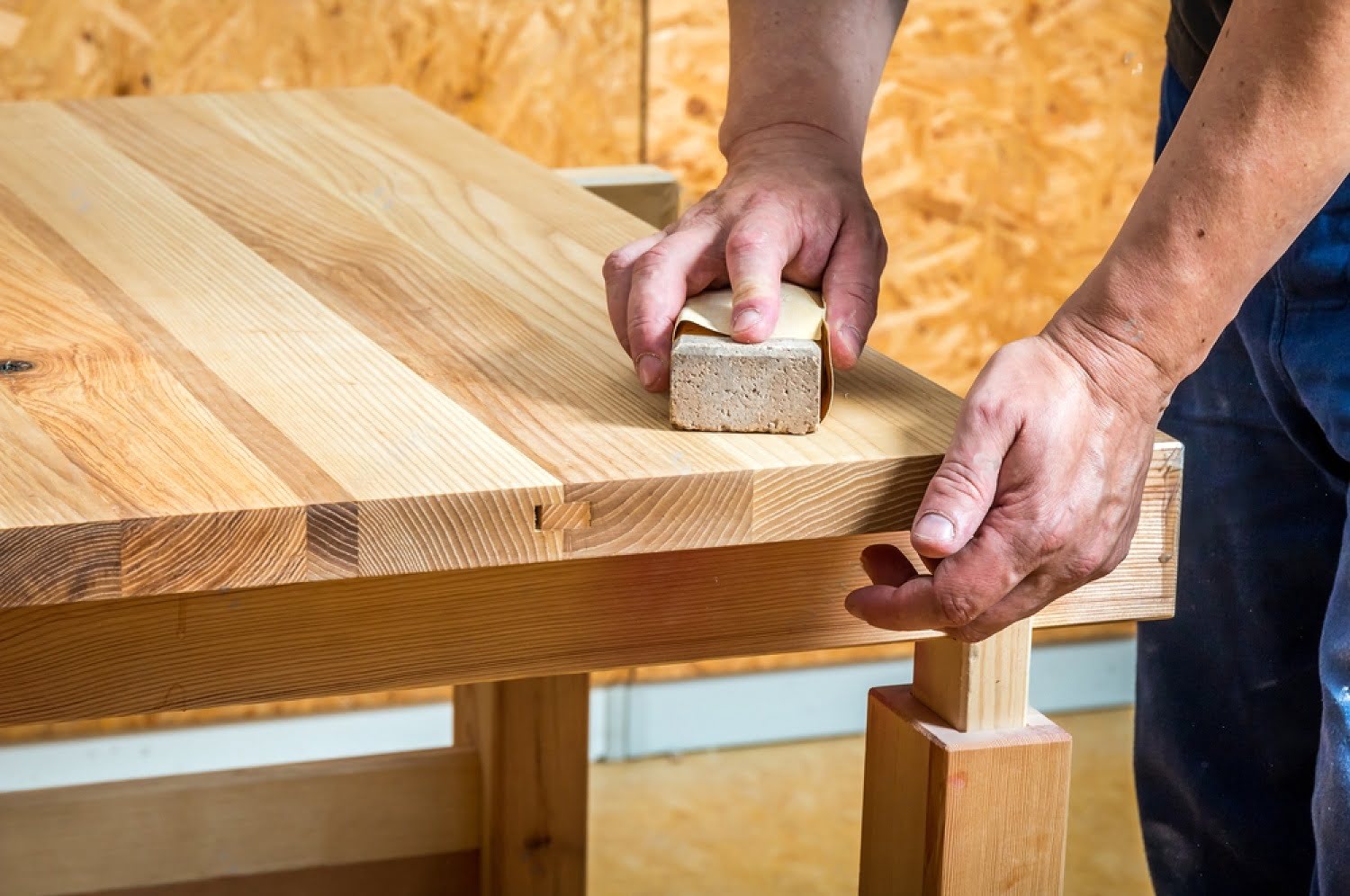
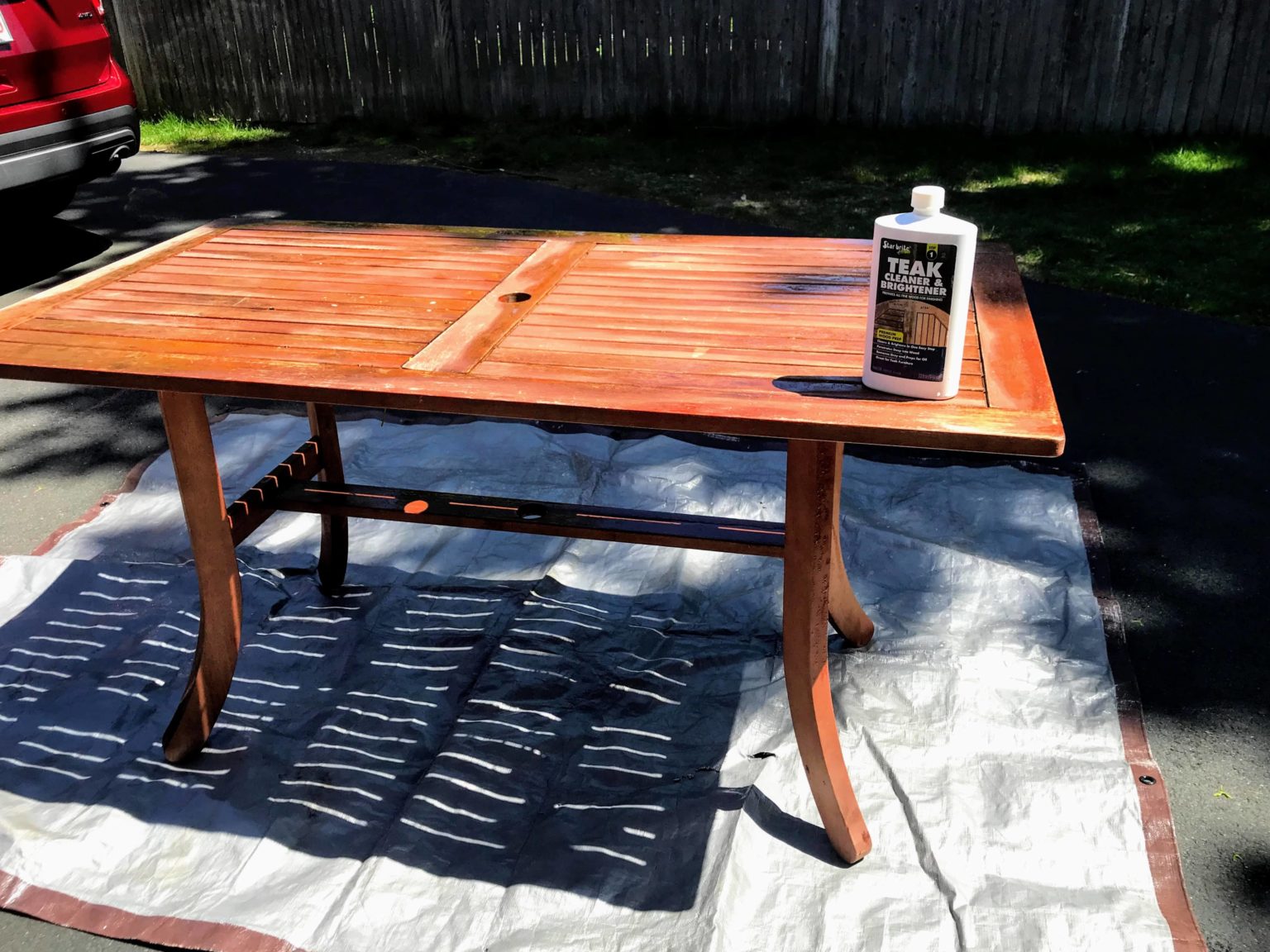
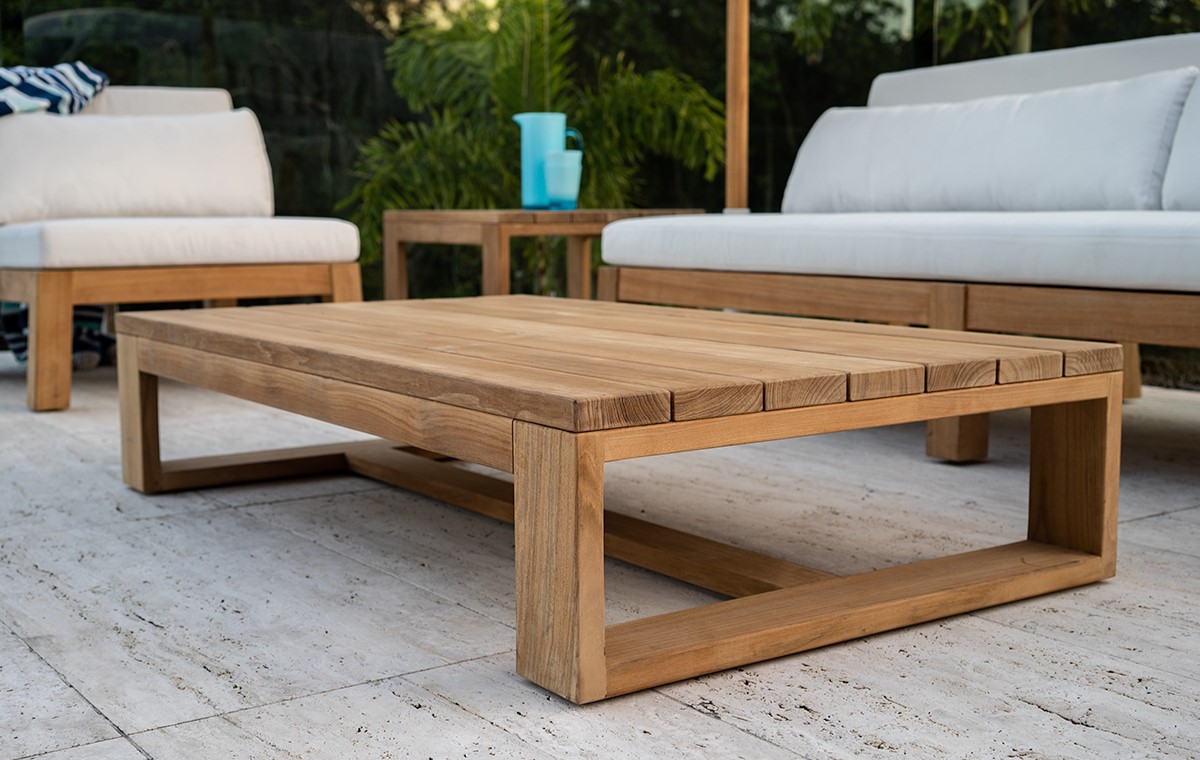
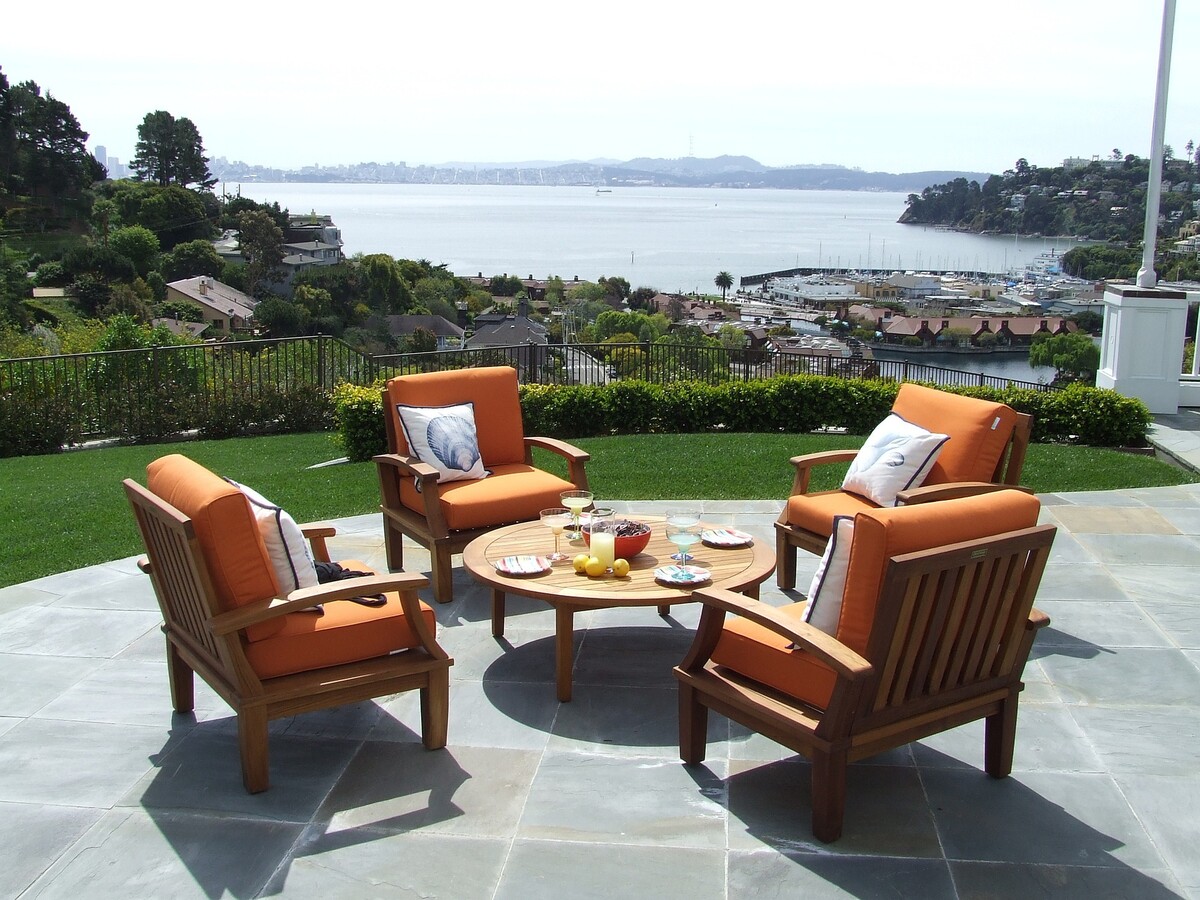
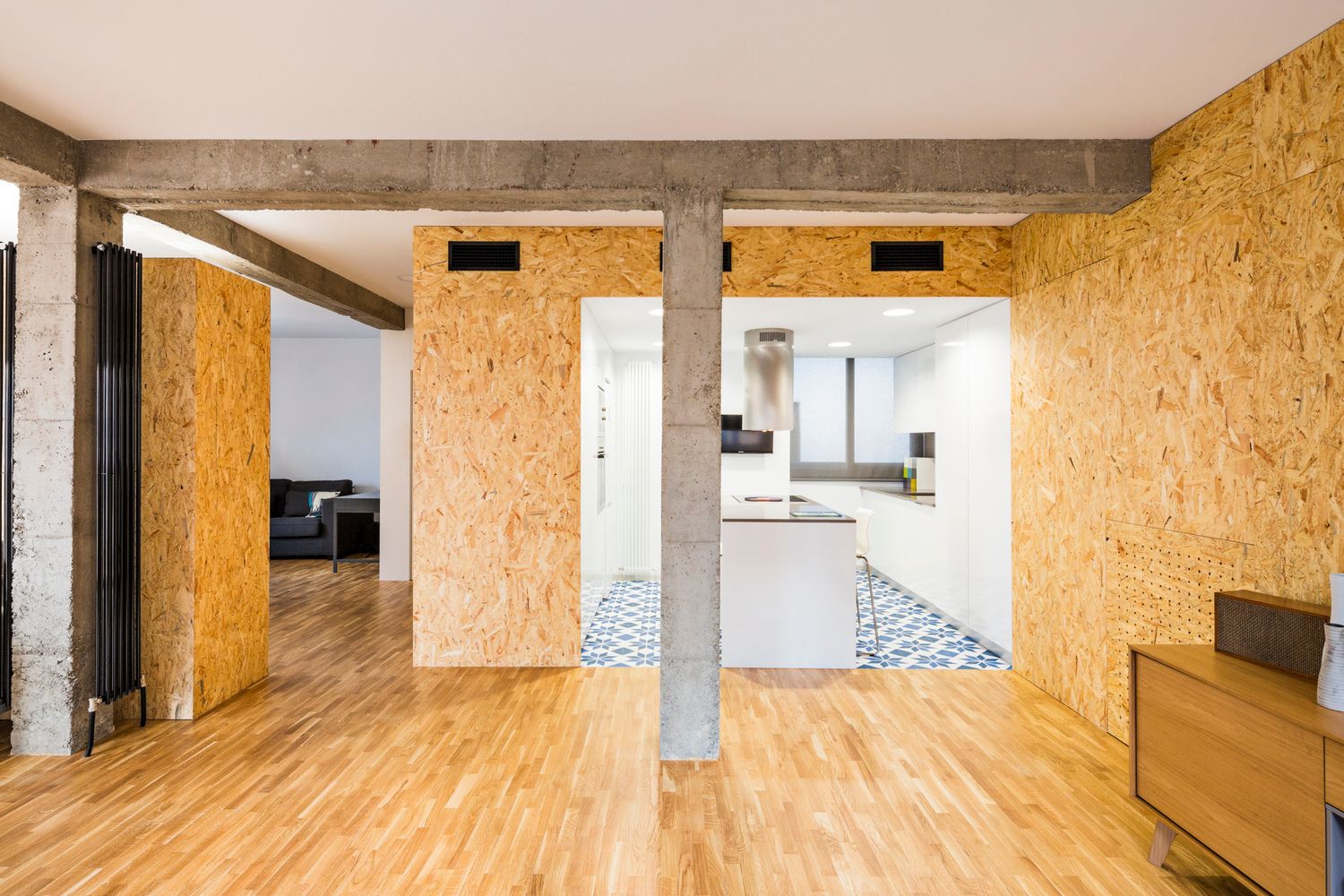
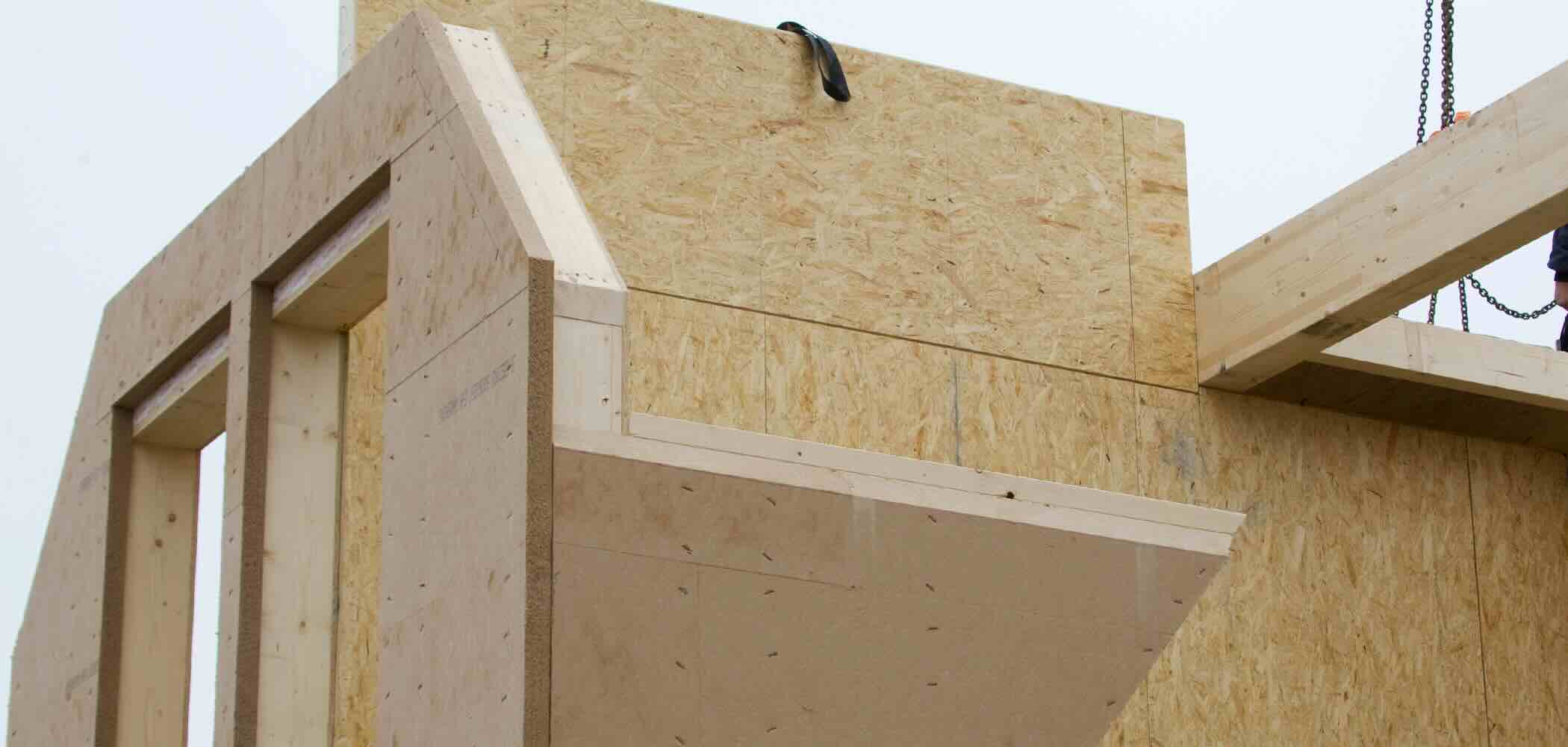
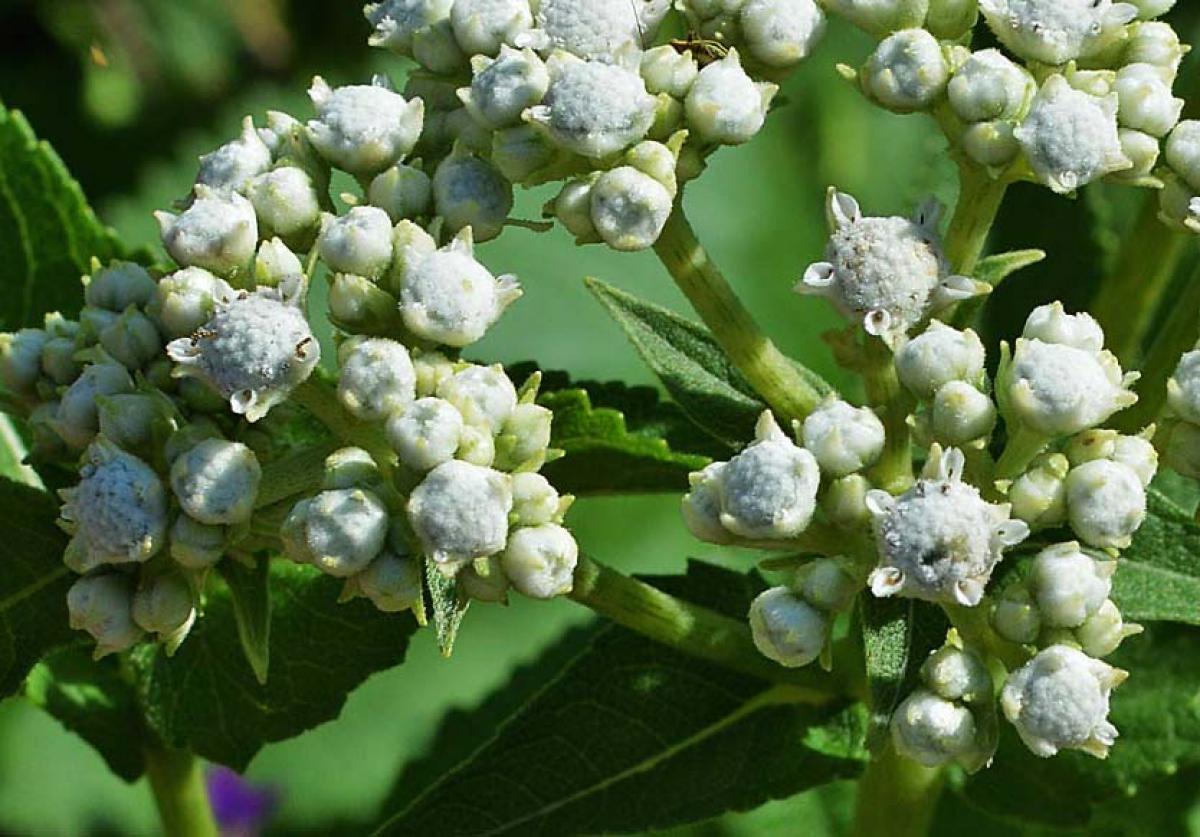
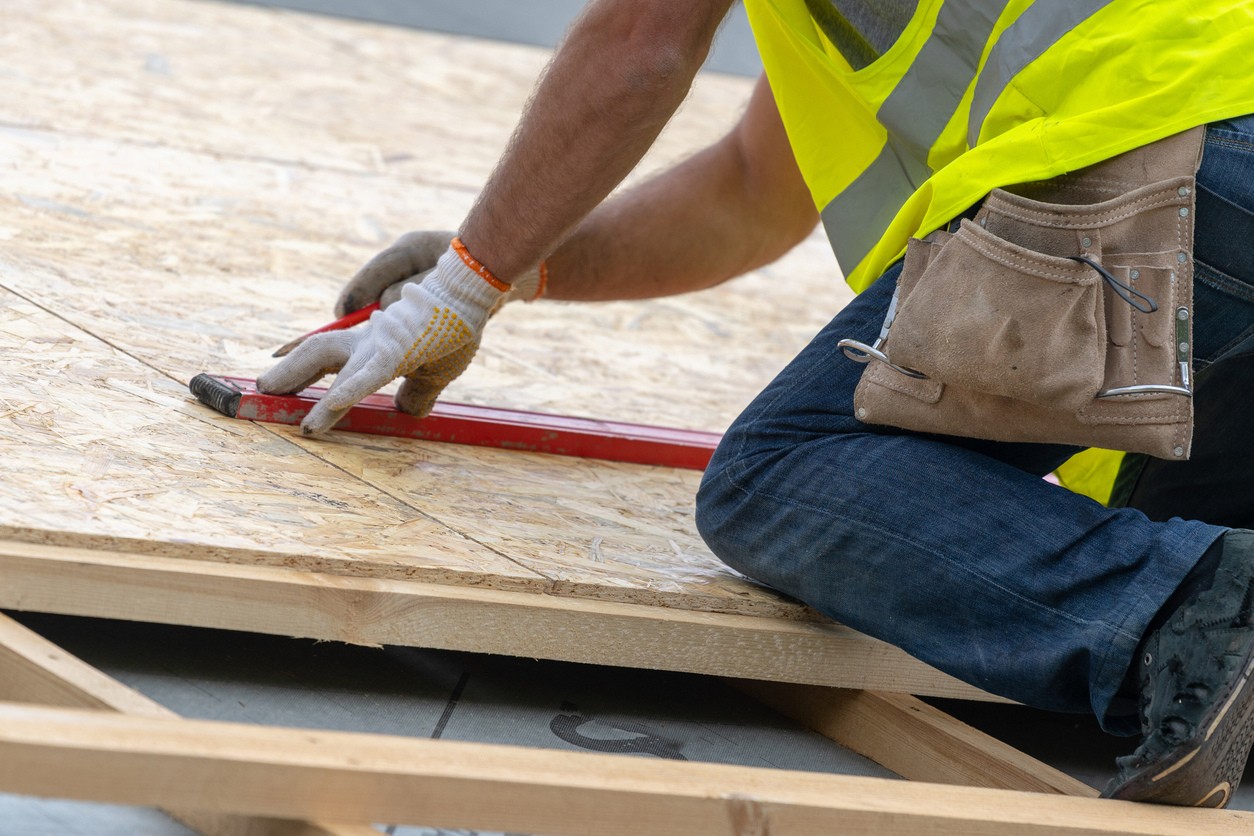

0 thoughts on “How To Treat Osb For Outdoor Use”